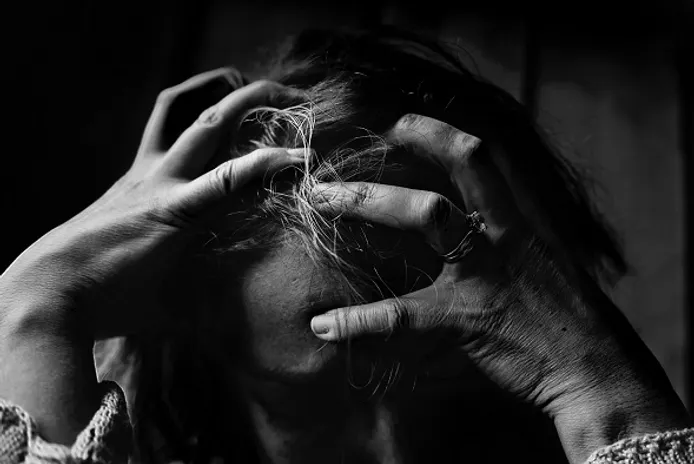Recognizing the Difference Between Depression and Sadness
Feeling sad from time to time is a natural part of life. Everyone experiences emotional lows, especially after stressful or painful events. But how can you tell when normal sadness has become something more serious—like depression?
Understanding the key differences between sadness and clinical depression can help you know when it’s time to seek help.
Sadness vs. Depression: What’s the Difference?
While sadness is a temporary emotional state, depression is a diagnosable mental health condition that affects your daily functioning and often requires professional treatment.
Sadness is usually triggered by a specific event—like losing a loved one, going through a breakup, failing a test, or experiencing a setback. These feelings are expected and healthy responses to life’s challenges. In most cases, people begin to feel better with time, support, and self-care.
Depression, however, is more persistent and pervasive. It doesn’t always have a clear trigger and can linger for weeks, months, or even years. It disrupts daily life and makes it difficult to enjoy things you once loved.
Common Signs of Sadness
Sadness can lead to emotional and physical reactions such as:
-
Crying or feeling down
-
Temporary withdrawal from others
-
Low motivation
-
Difficulty sleeping or concentrating
-
Needing extra rest or alone time
While these symptoms are uncomfortable, they tend to improve over time, especially with support from loved ones and healthy coping strategies.
When It Might Be Depression
If you’ve been feeling down for more than two weeks, and those feelings don’t seem to be improving—or are getting worse—it may be time to consider that you’re experiencing depression. The symptoms of depression go beyond sadness and often include:
-
Persistent feelings of hopelessness or emptiness
-
A noticeable loss of interest in previously enjoyable activities
-
Ongoing fatigue or lack of energy
-
Changes in sleep patterns (too much or too little)
-
Appetite changes or significant weight fluctuations
-
Feelings of worthlessness, shame, or excessive guilt
-
Difficulty concentrating, remembering things, or making decisions
-
Thoughts of self-harm or suicide
These symptoms tend to occur daily and can interfere with your ability to function at work, maintain relationships, or care for yourself.
Why It’s Important to Know the Difference
It’s completely normal to feel sad after a difficult experience. In fact, feeling sadness is a healthy emotional response, and it shows that you are processing life’s challenges. But if the sadness doesn’t improve or starts to feel overwhelming, it could be a sign that something deeper is going on.
Recognizing the signs of depression early is key to preventing symptoms from worsening. Depression is not something you should try to “tough out” on your own. Like any medical condition, it often requires the help of a trained professional.
What to Do If You’re Unsure
If you’re unsure whether what you’re feeling is sadness or depression, consider doing the following:
-
Track your symptoms in a journal, especially how long they last and how severe they feel.
-
Talk to someone you trust—sometimes a friend or loved one can offer insight into whether your mood seems to have shifted more significantly.
-
Reach out to a mental health professional if your symptoms are interfering with your daily life or lasting more than two weeks.
There’s no shame in asking for help, and many people feel relief just from talking to someone who understands.
Getting the Support You Need
If you’re struggling, you don’t have to go through it alone. A therapist can help you explore the root of what you’re feeling and provide tools for managing your symptoms. In some cases, a doctor may recommend a combination of therapy and medication for the best outcome.
Here are some helpful first steps:
-
Schedule a therapy appointment to assess your symptoms
-
Be honest with your provider about what you’ve been experiencing
-
Ask questions about treatment options, including therapy approaches and medications
-
Stay engaged with your mental health care plan, adjusting as needed with your provider
With the right support, depression is treatable—and recovery is absolutely possible.
Final Thoughts
Sadness and depression are not the same. While sadness is a normal response to life’s challenges, depression is a more serious condition that requires attention and care. If your low mood lasts longer than two weeks, or if it’s starting to interfere with your daily life, it’s time to seek professional help.
Being proactive about your mental health can help you regain control and start feeling like yourself again. You are not alone—and help is available.


